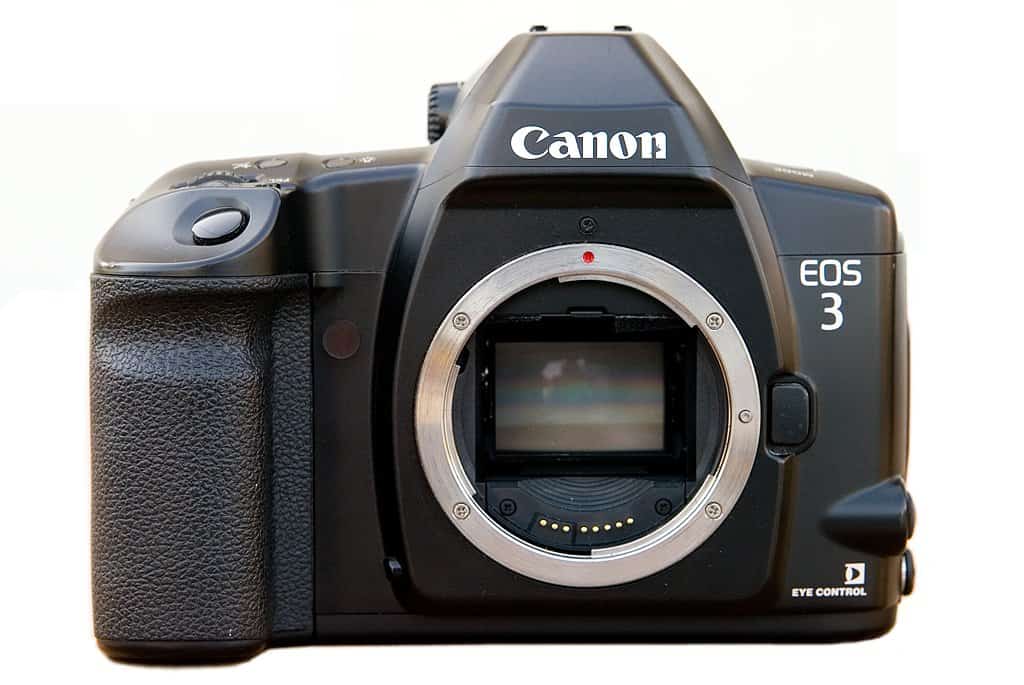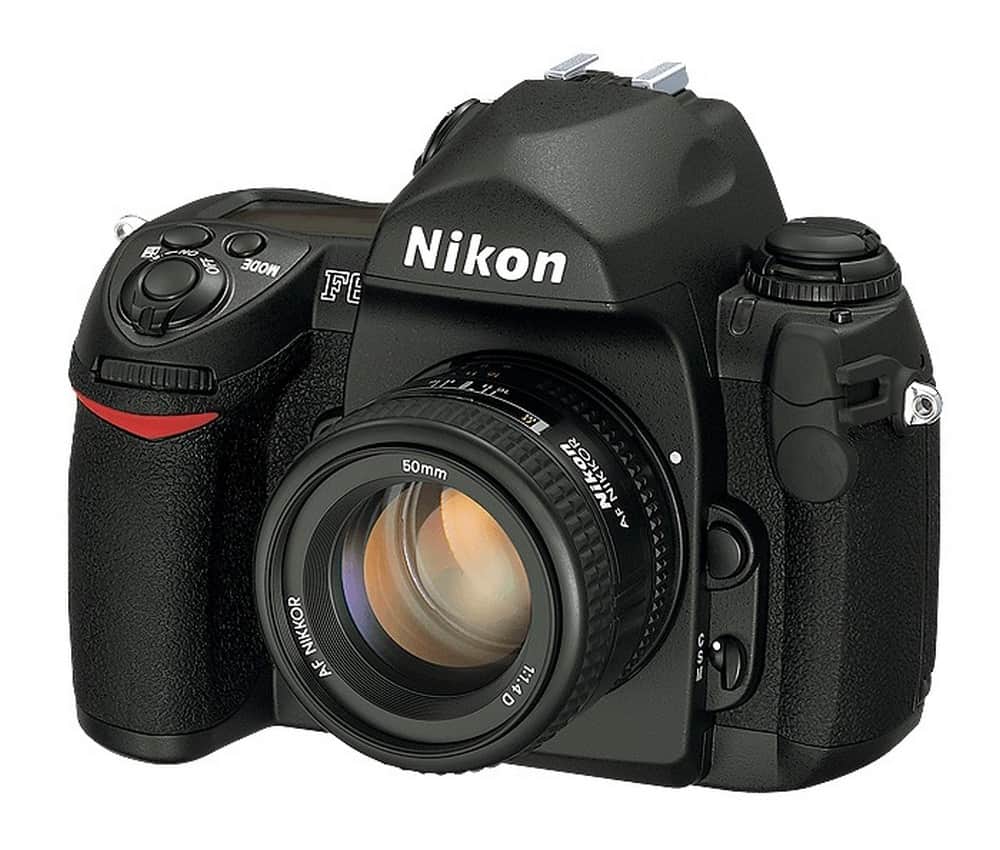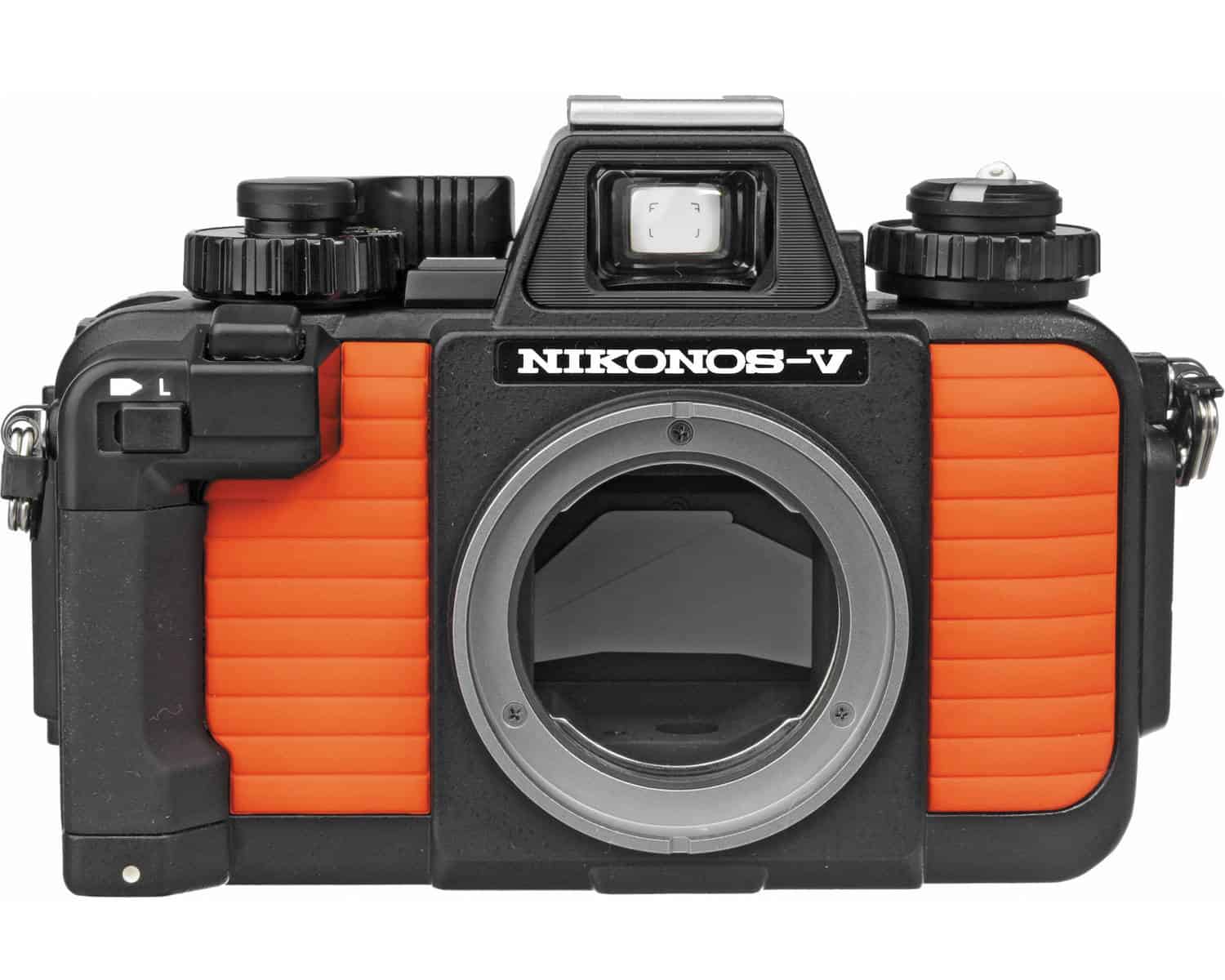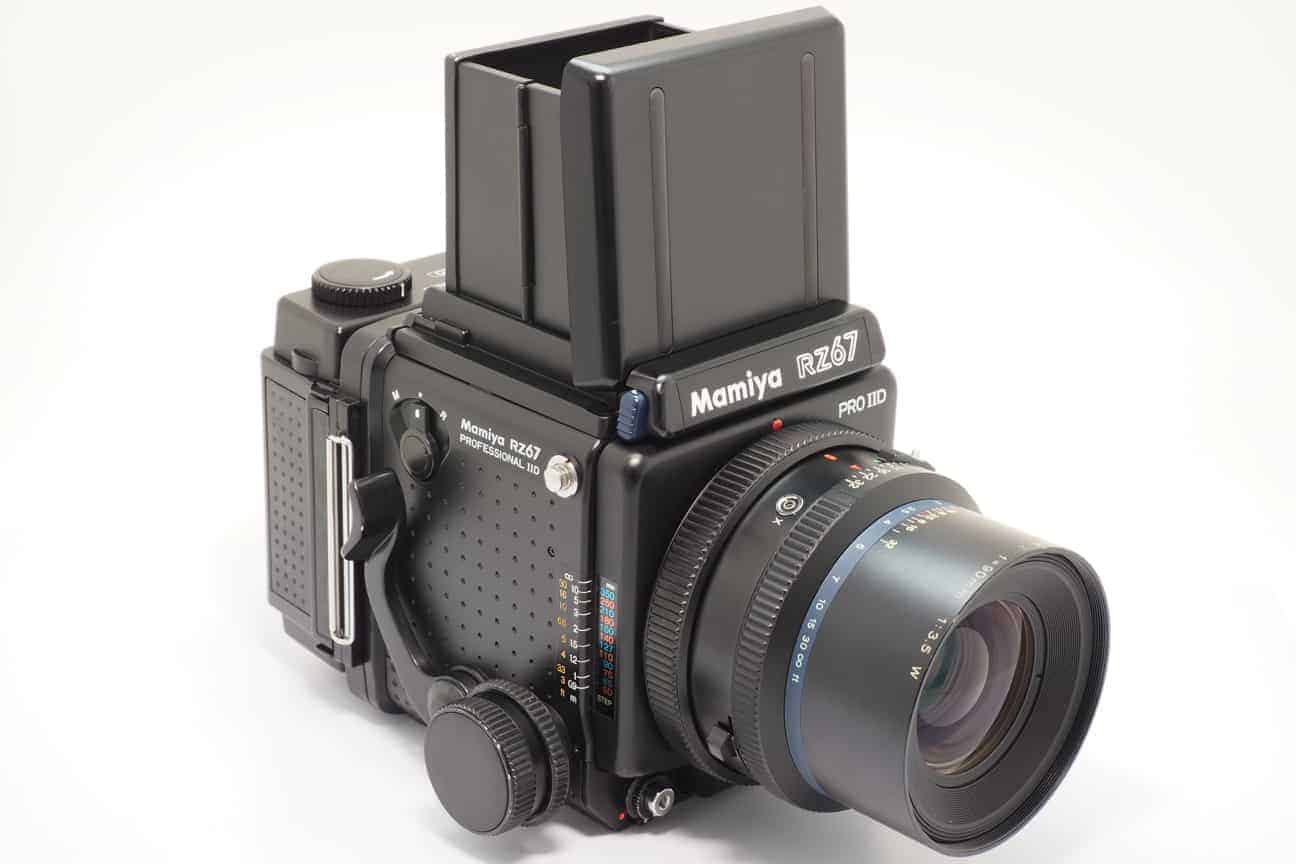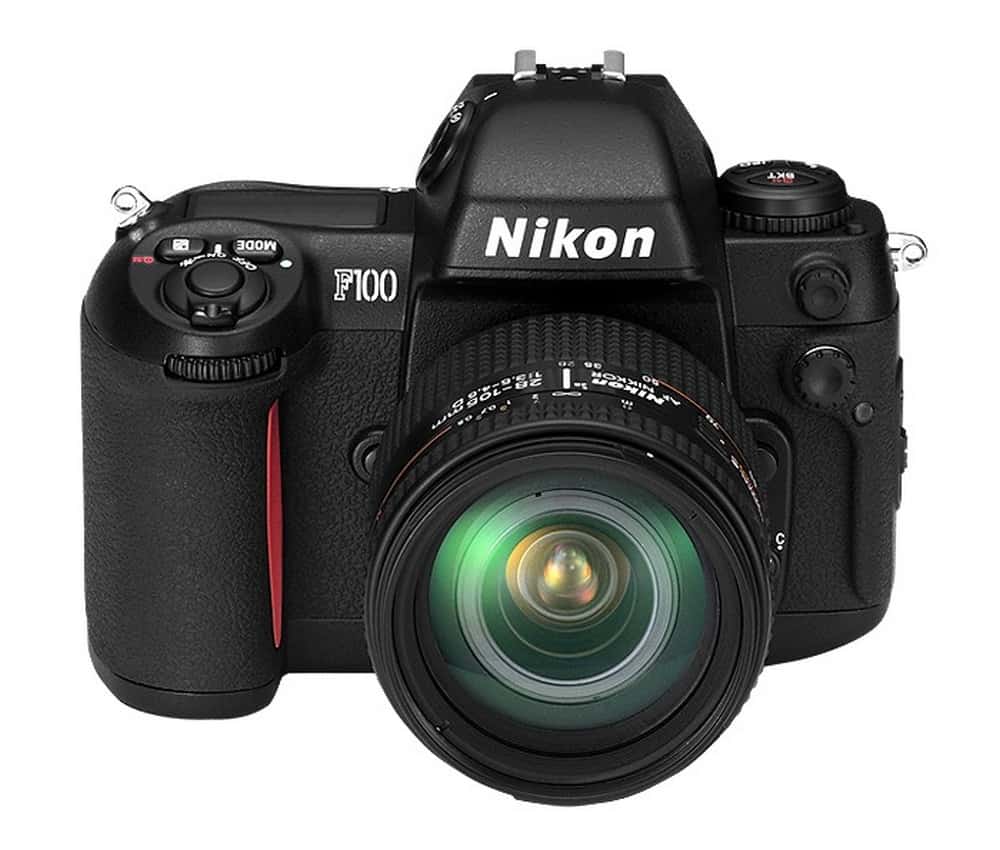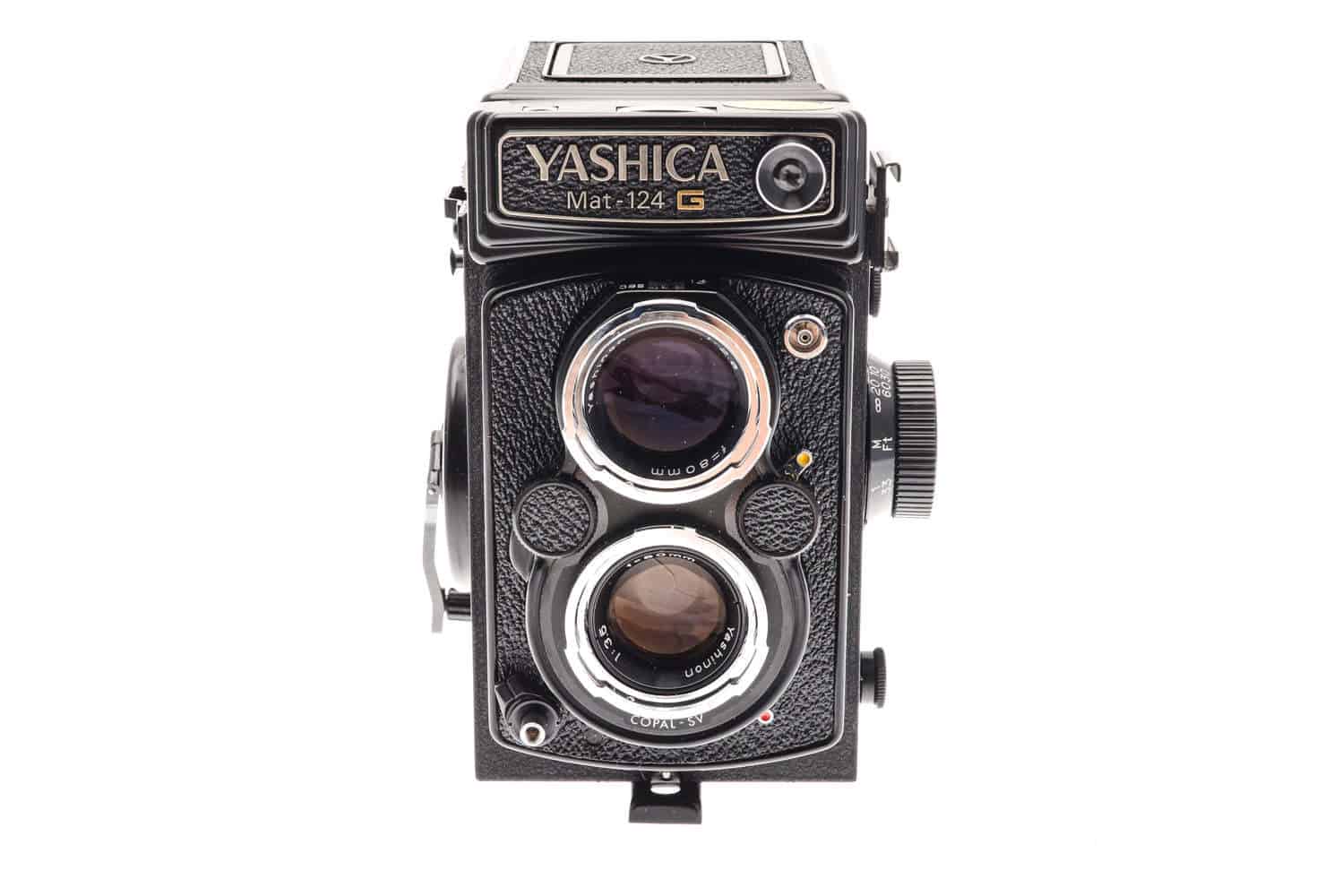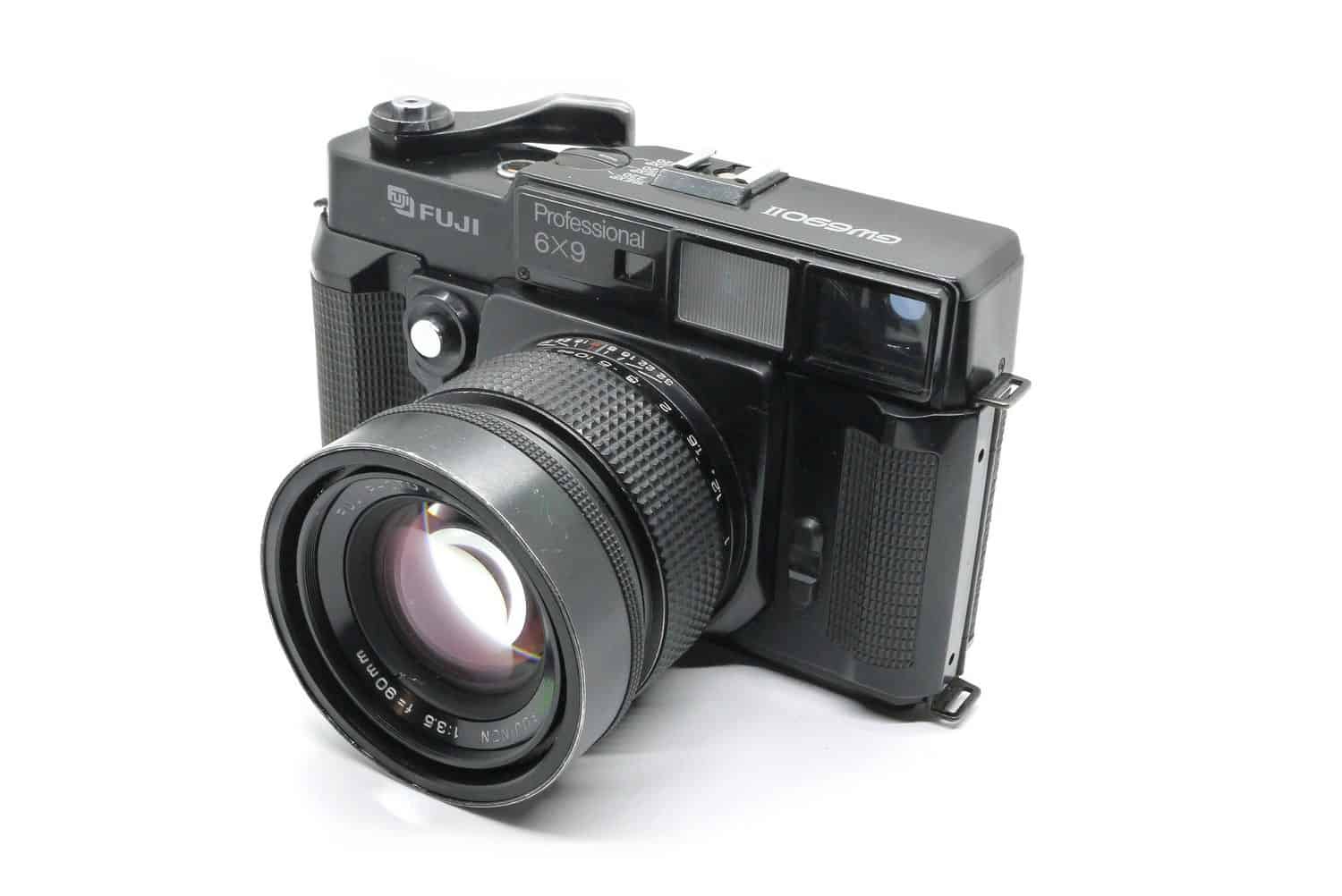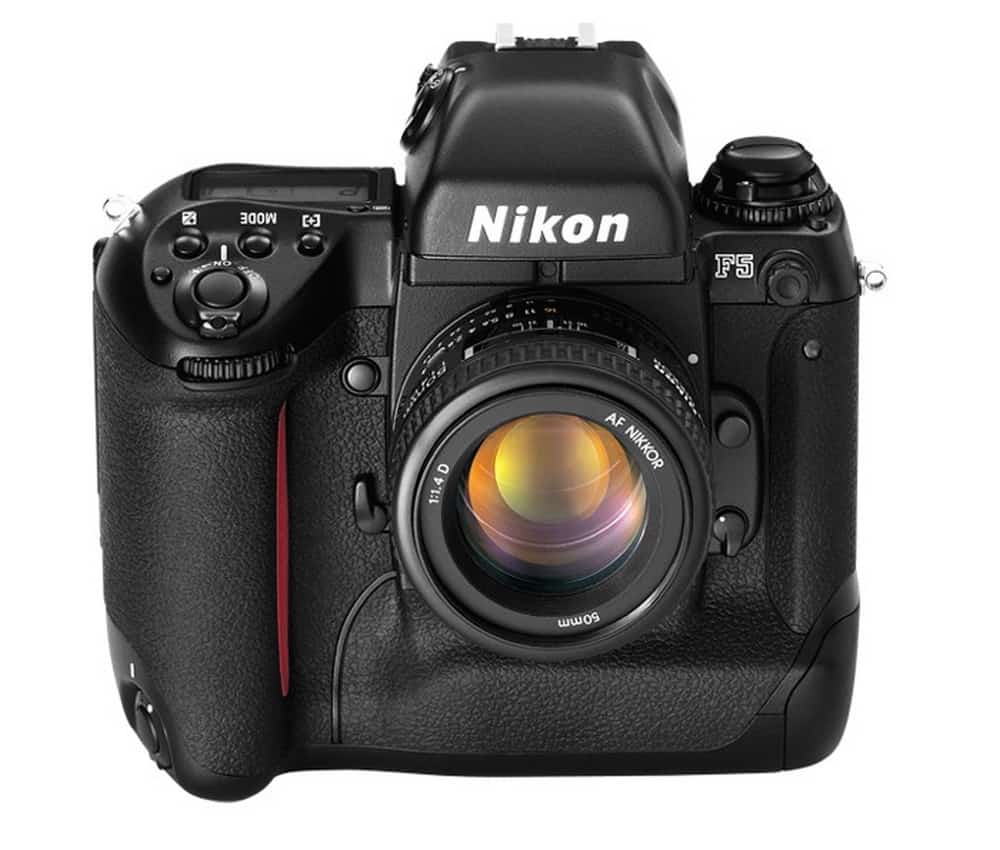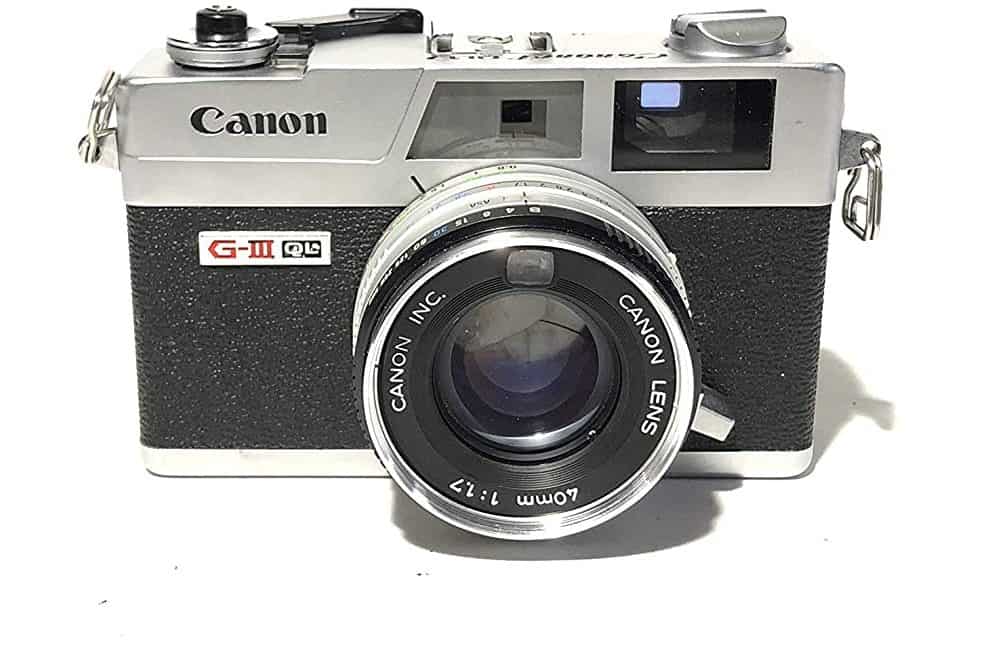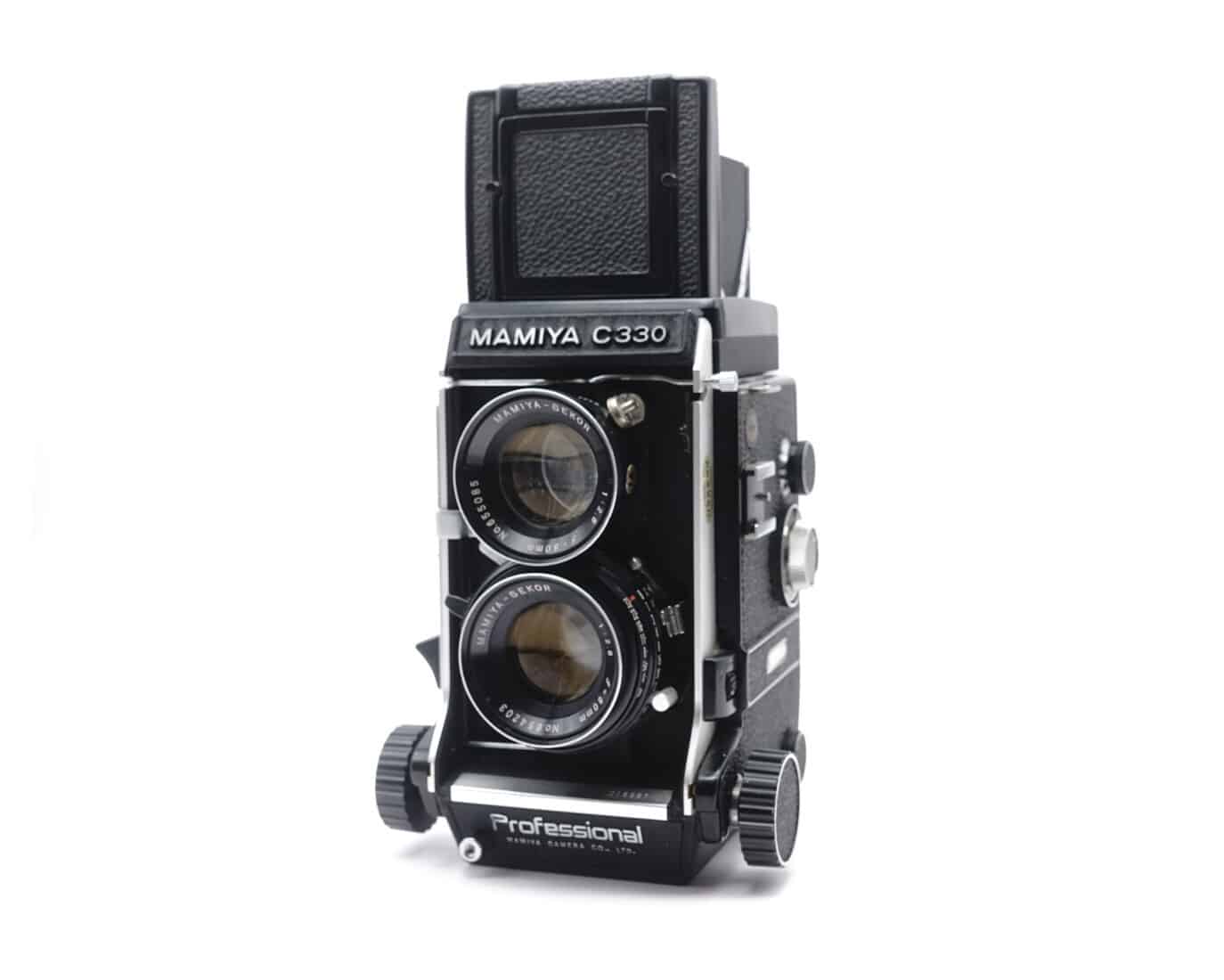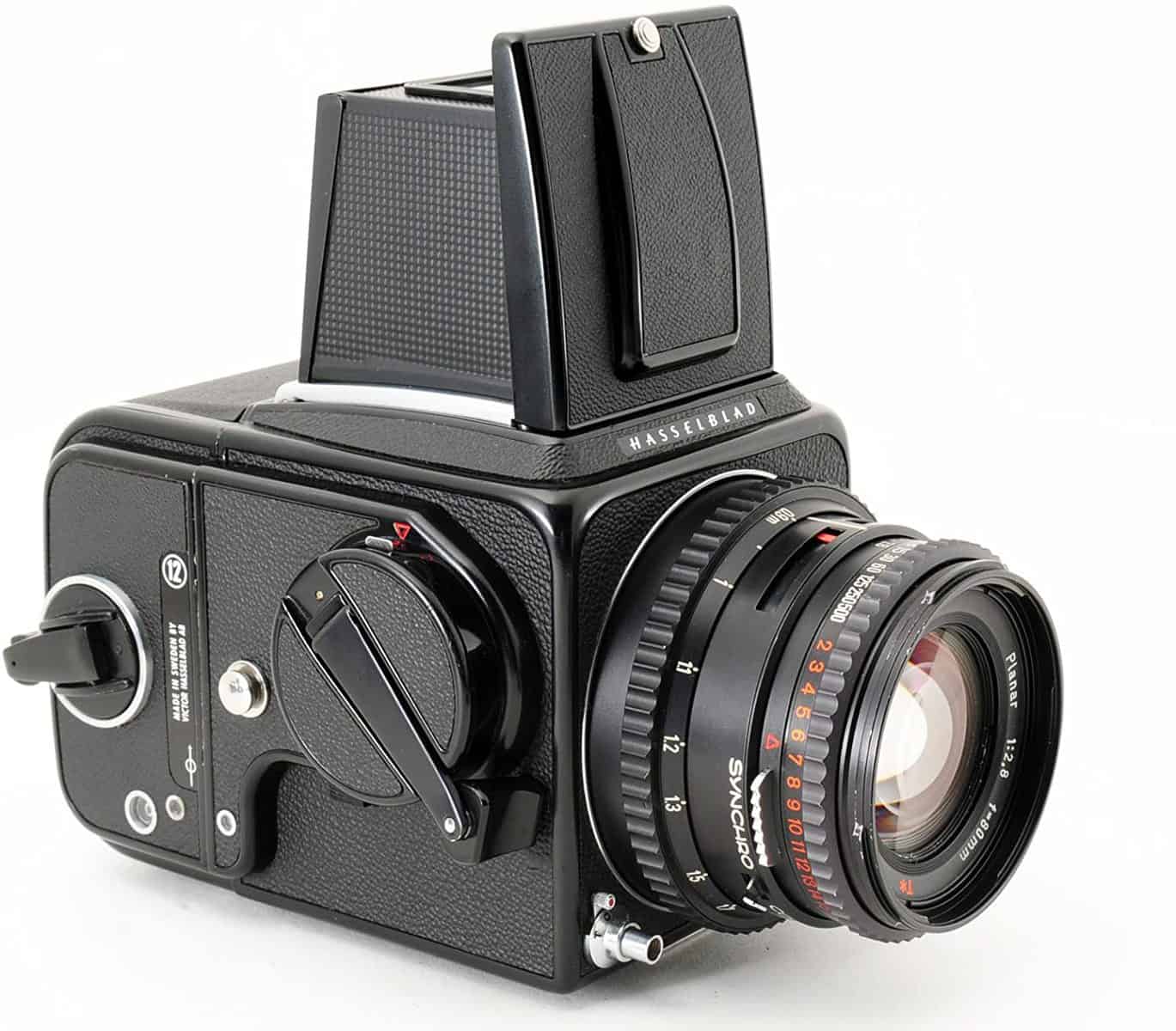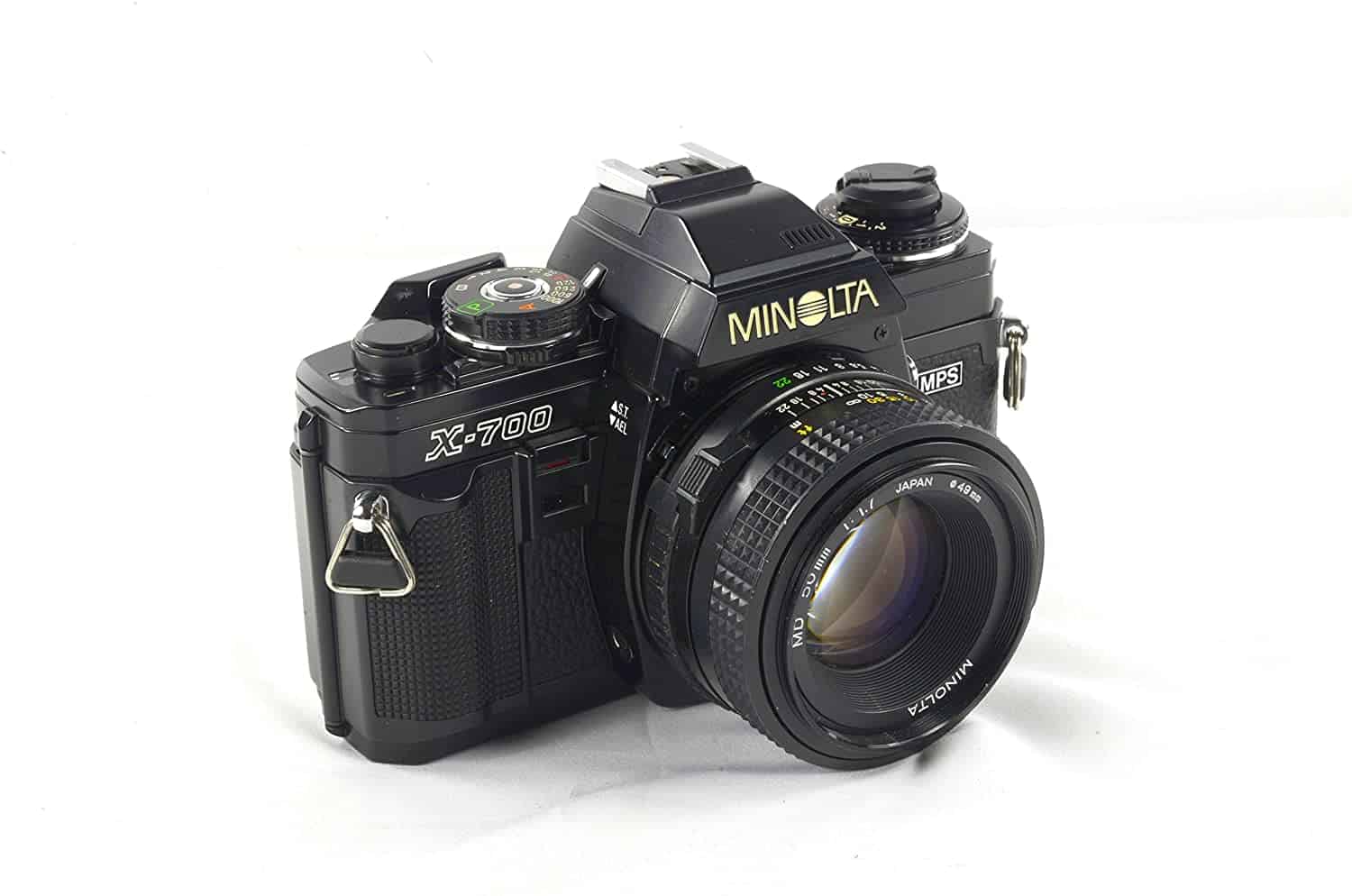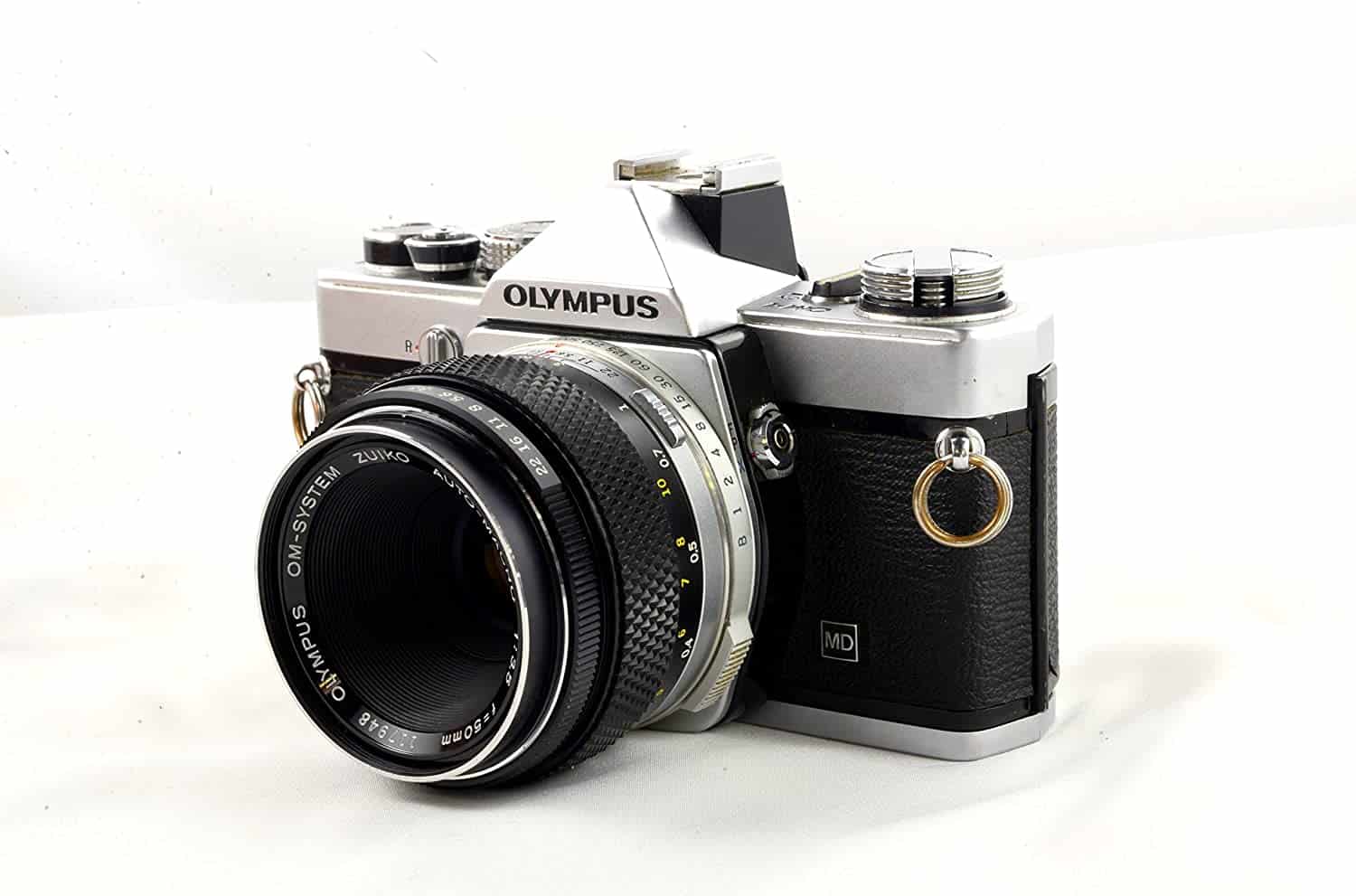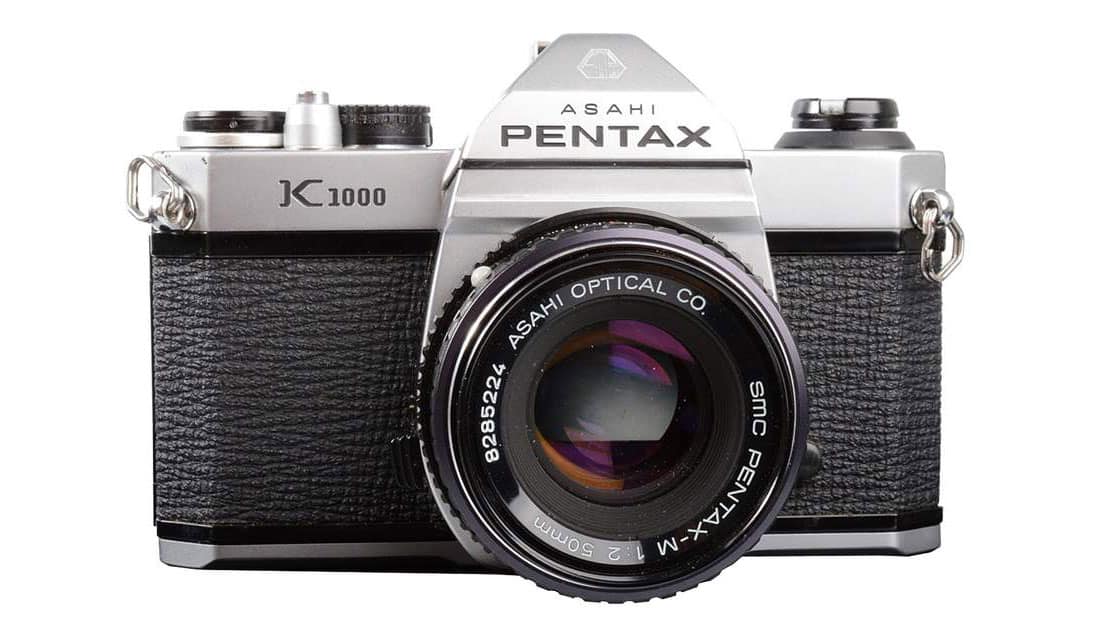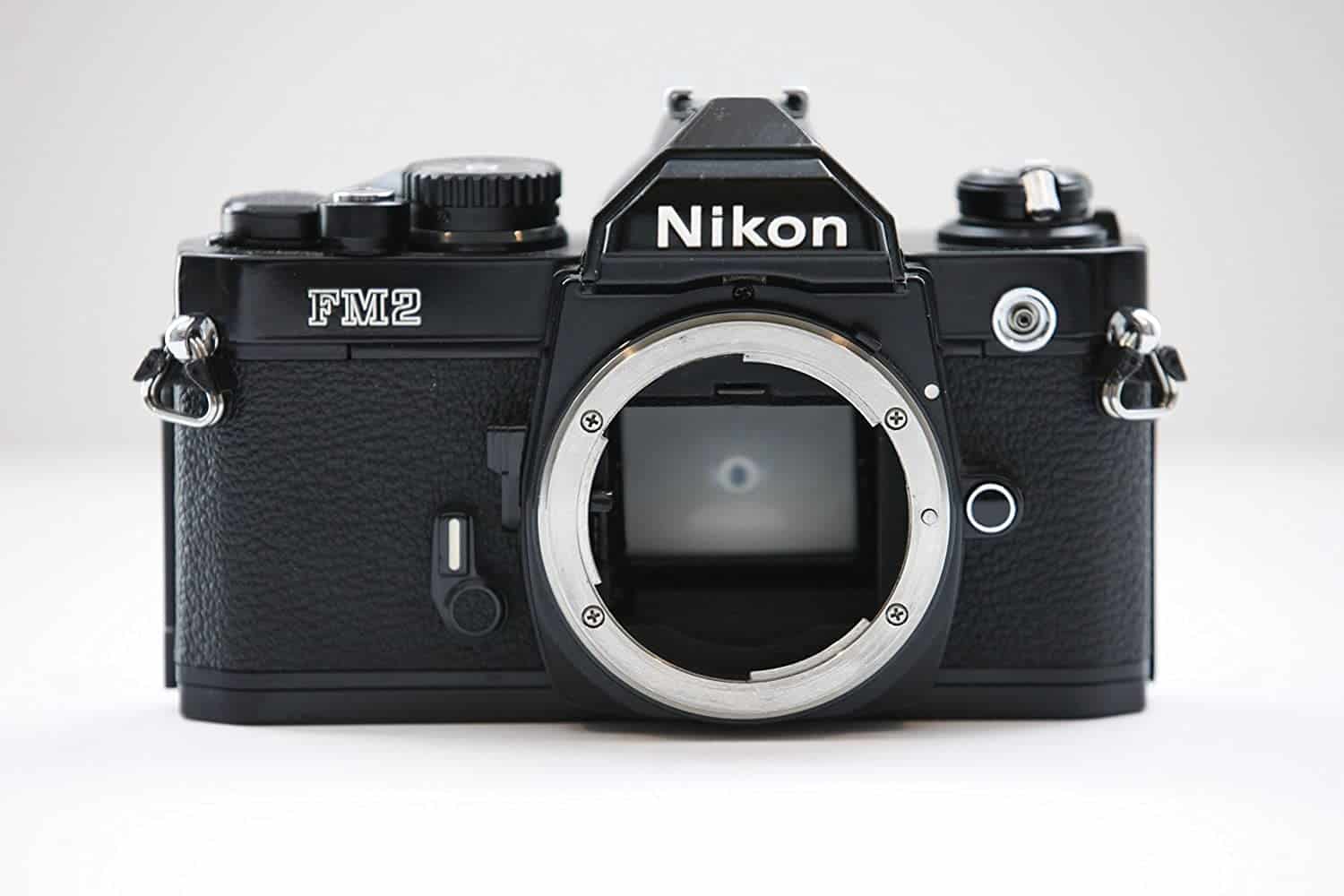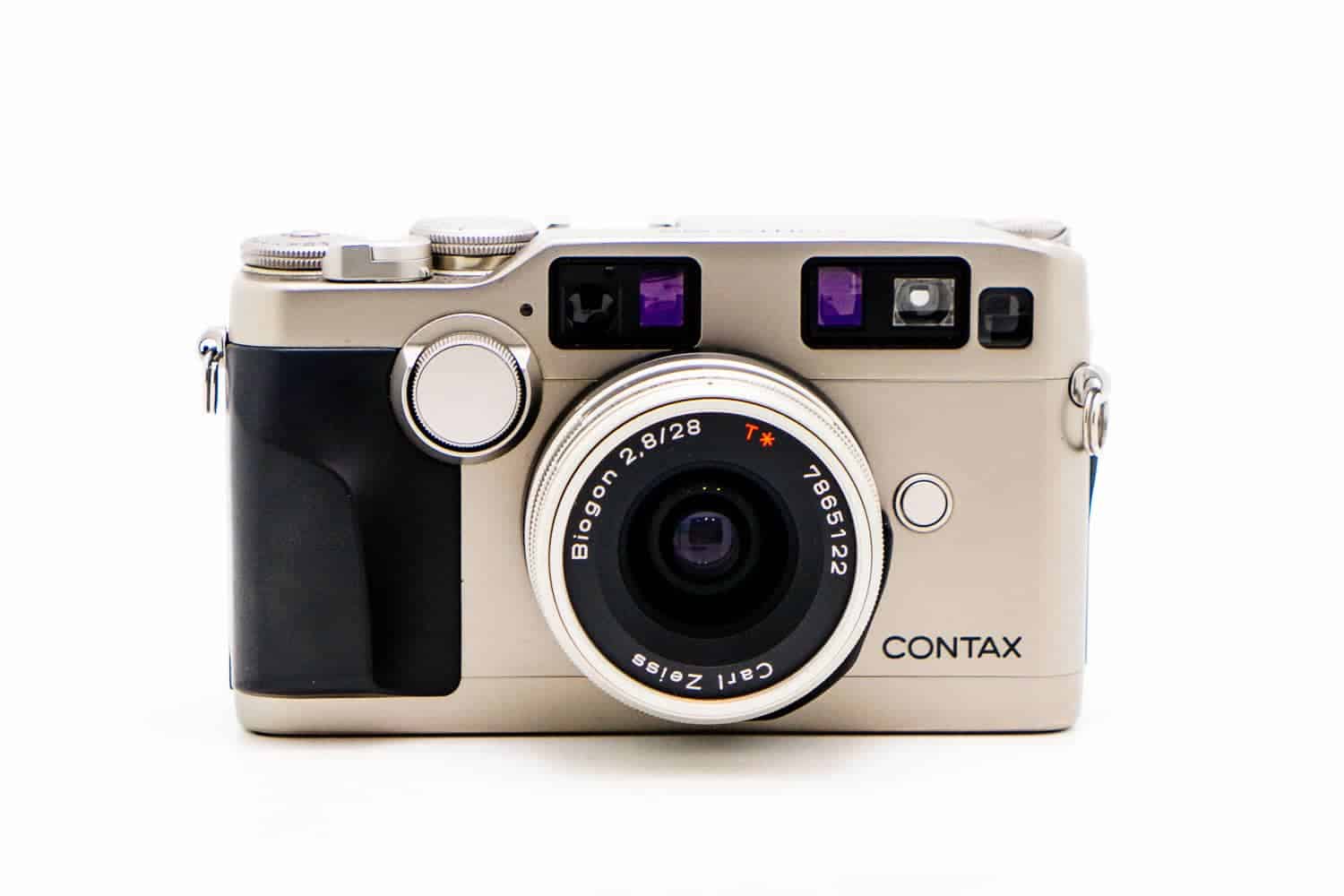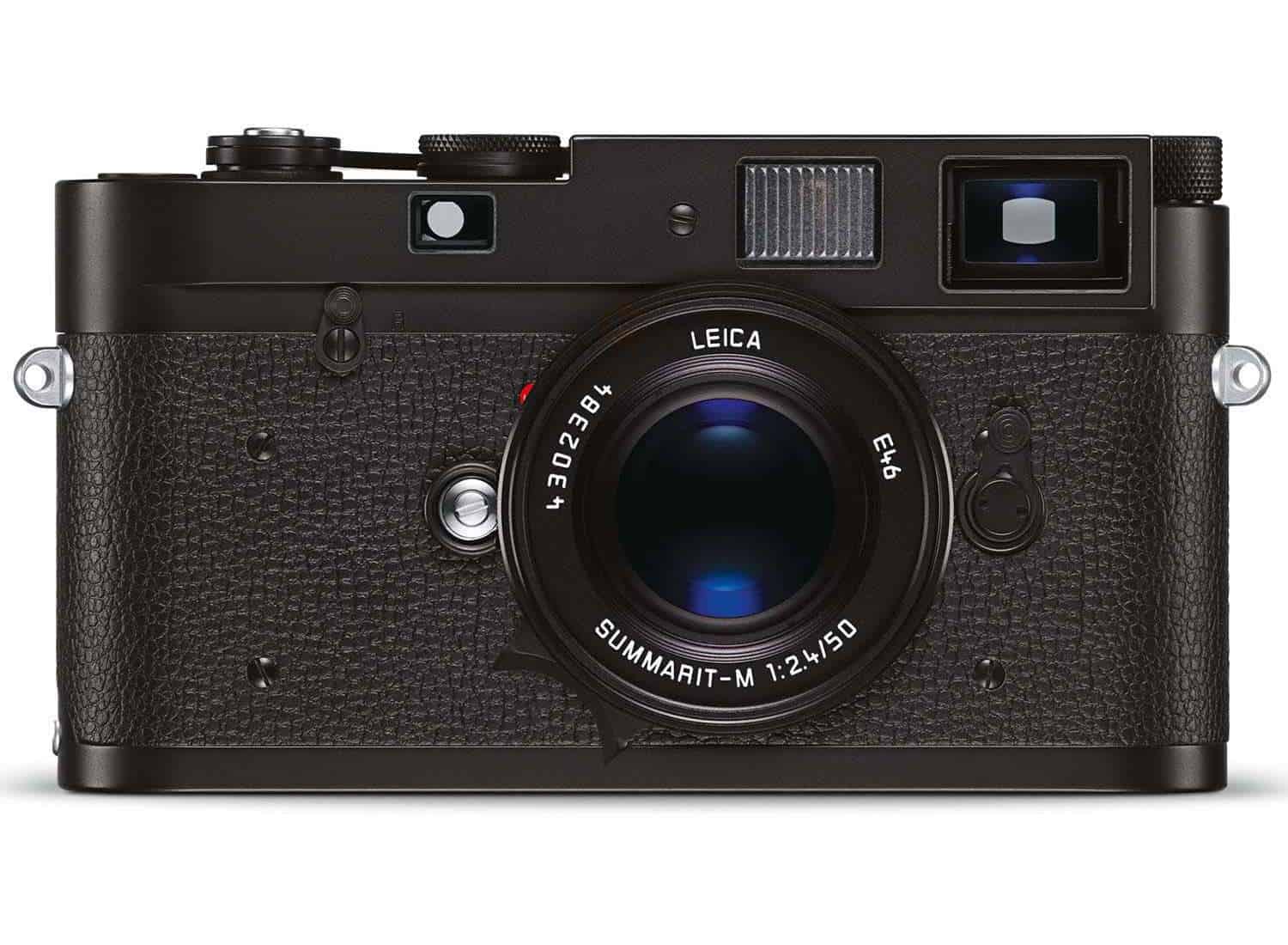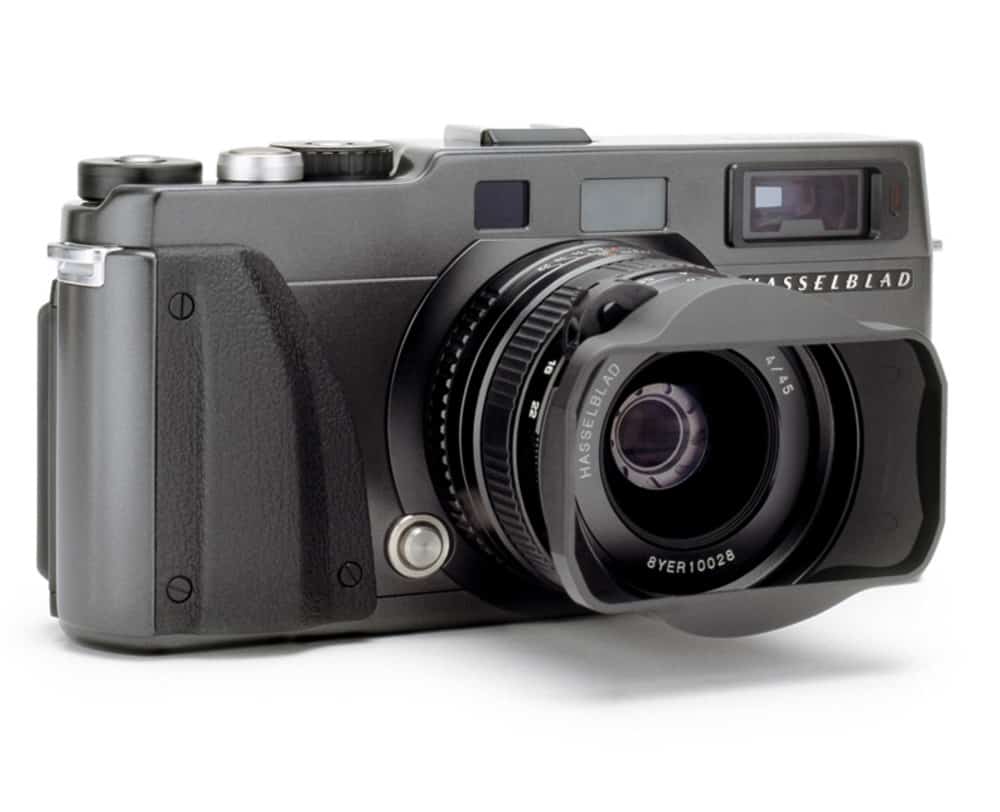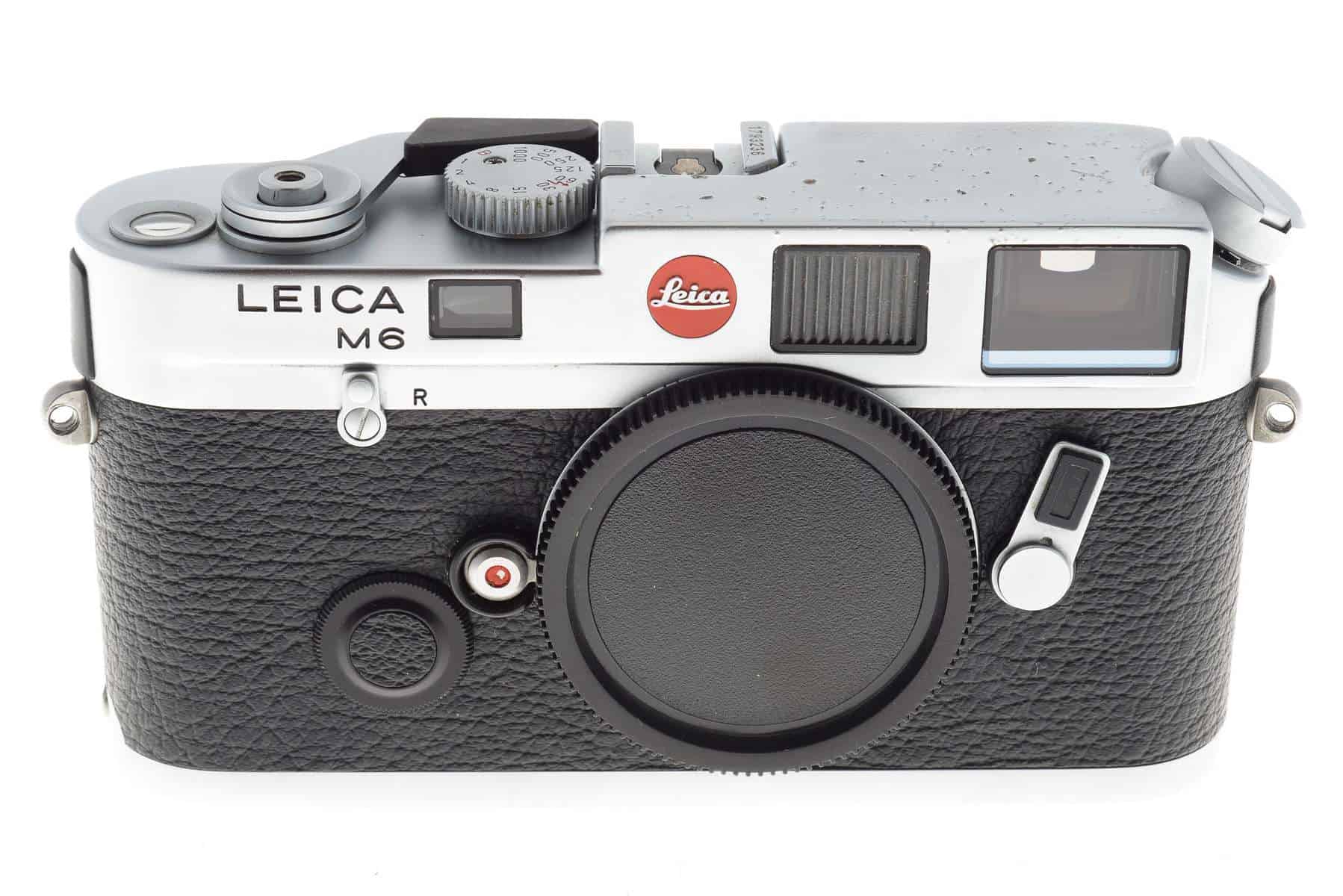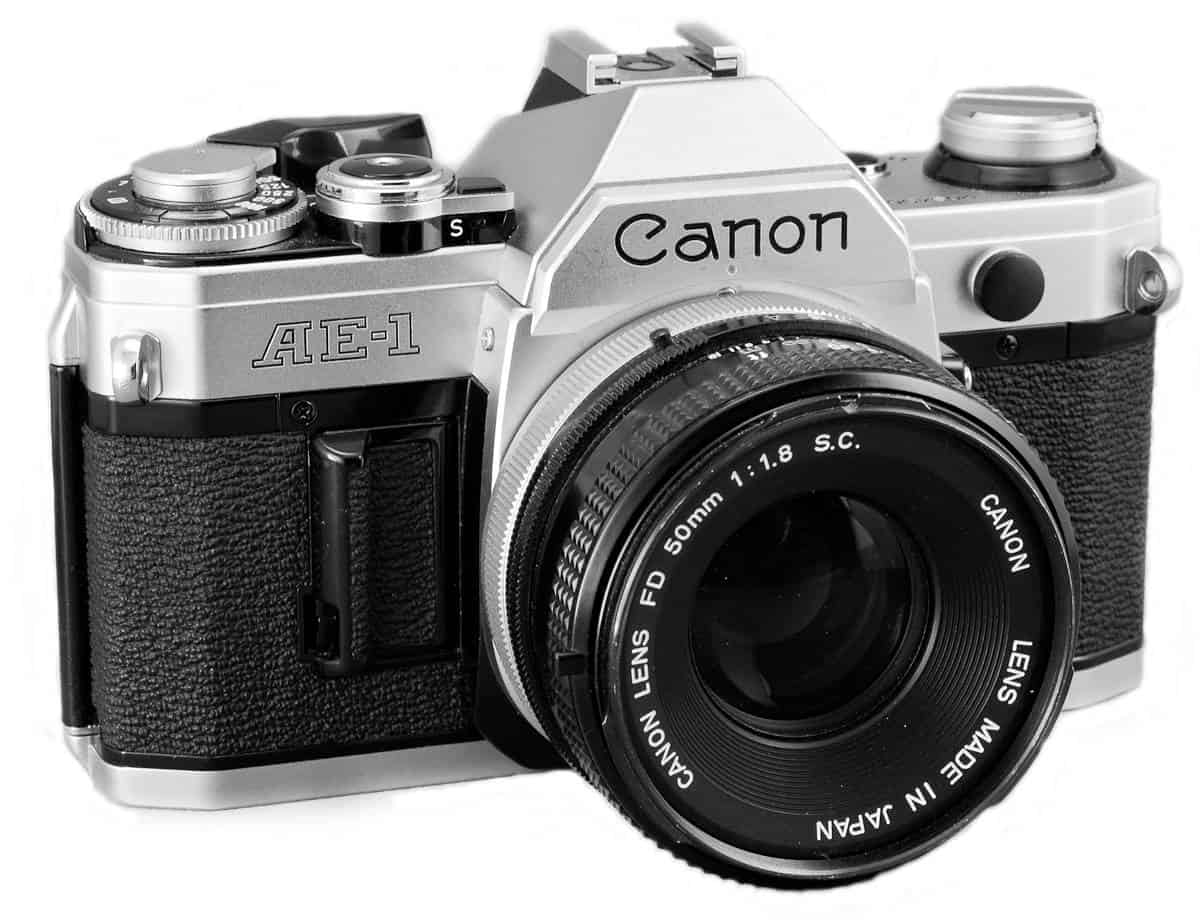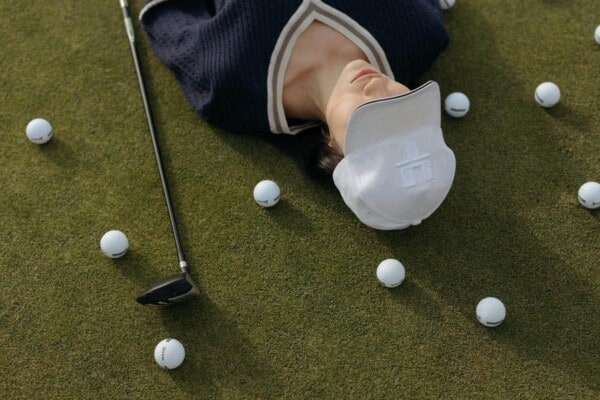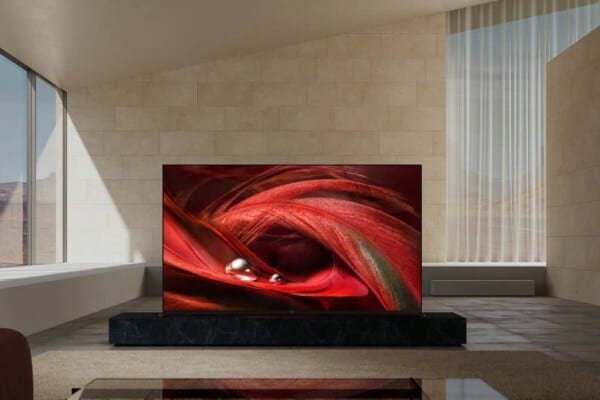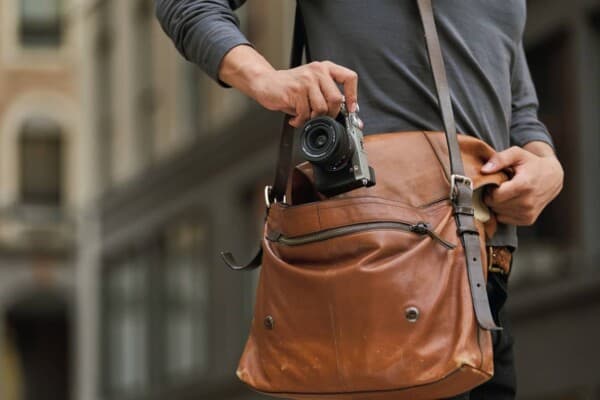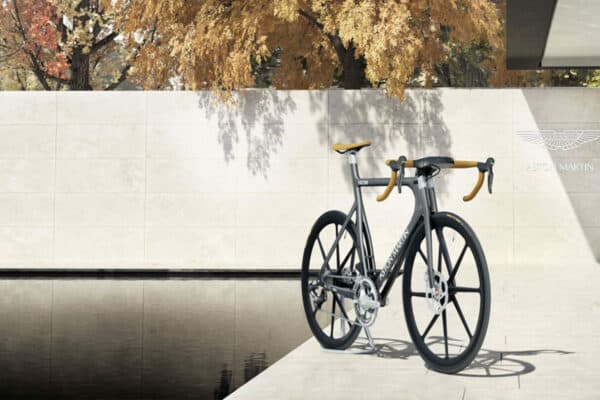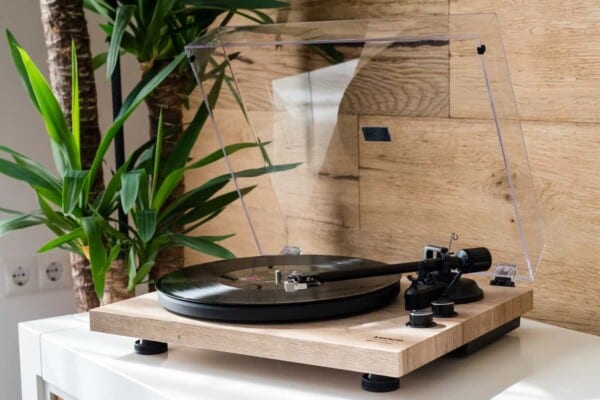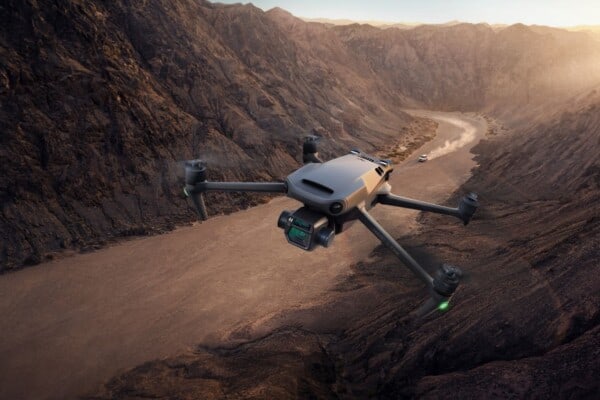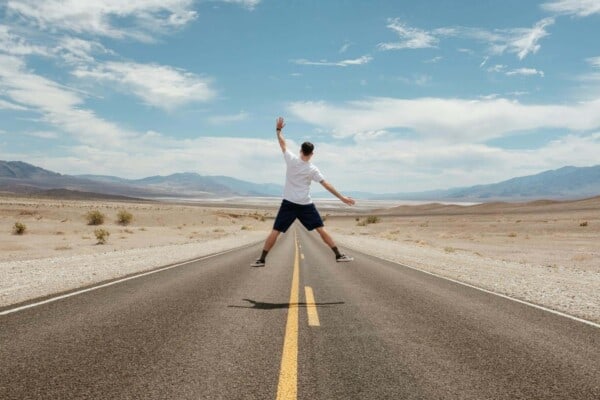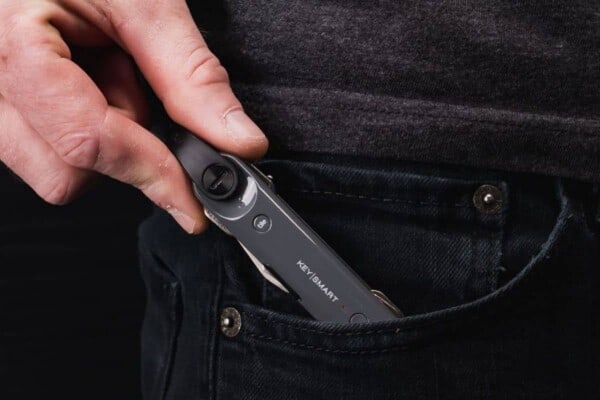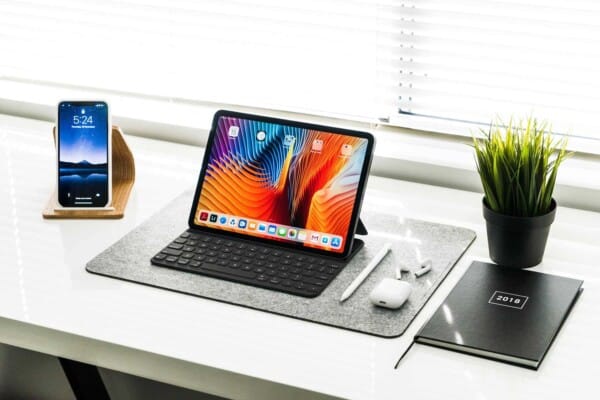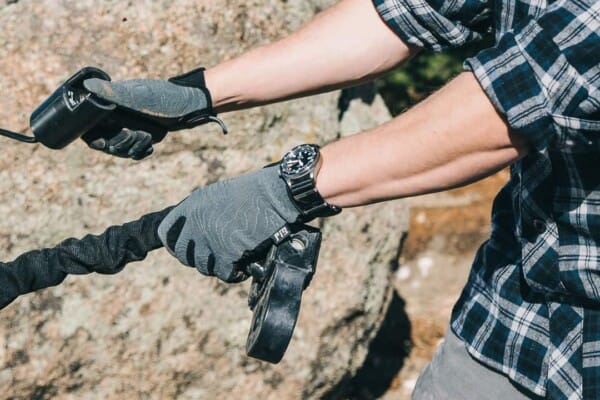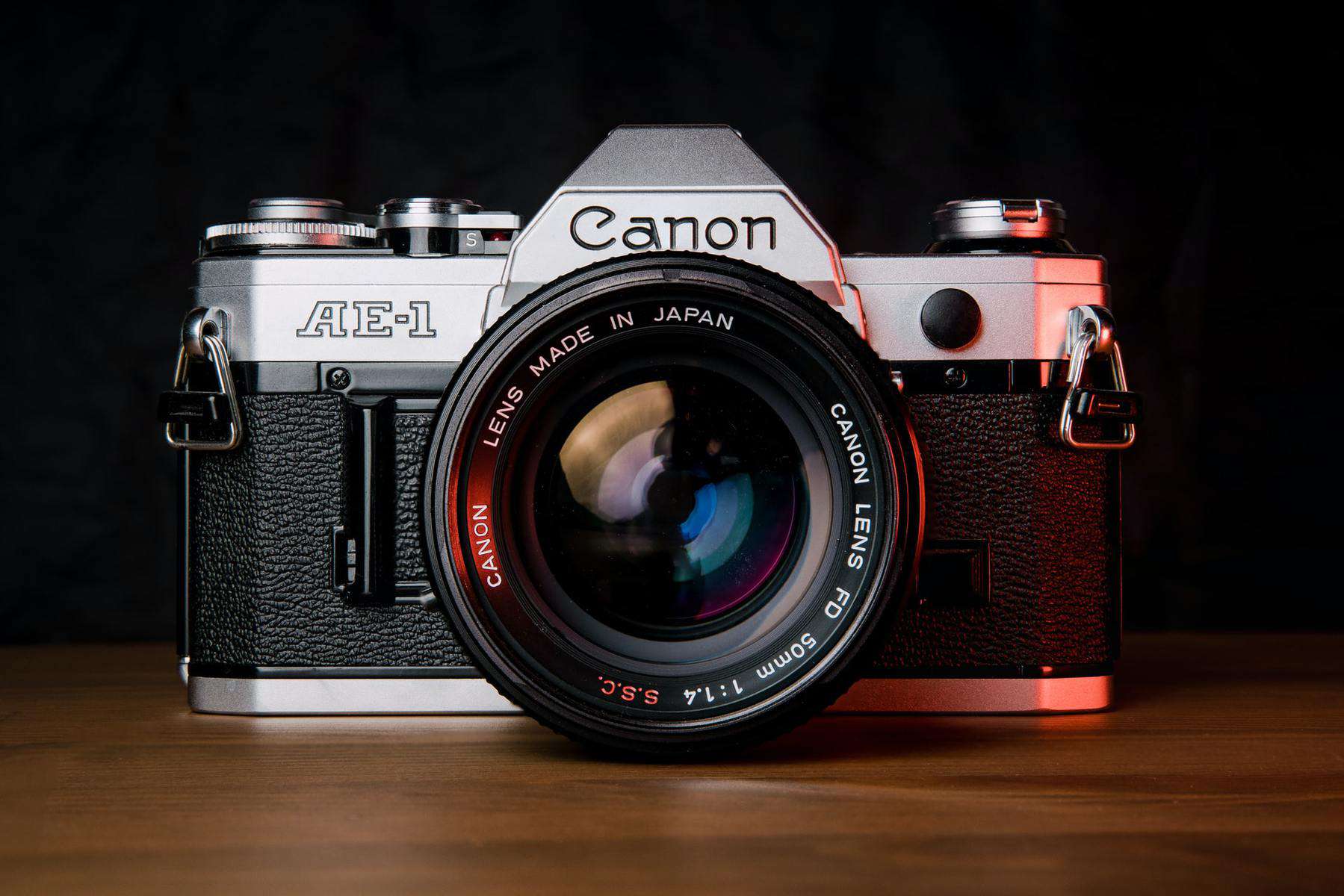
We live in a digital world that is constantly changing, from smartphones and high-end TVs to drones and even cameras. Sometimes it’s a good idea to go back to the basics just to remind ourselves how far we’ve actually come. Recapturing the magic of film in the digital age is truly a walk down memory lane.
The analog photography is not completely a thing of the past, although some of the best cameras that professional photographers prefer have been discontinued. You can probably get your hands on a few used models, you just have to keep your eyes open.
With the new digital world that offers easier access to quality cameras, why would anyone prefer the old way of taking pictures? It seems that learning about how to use them properly is an art in itself, so why make the effort? Because the results are so gratifying, that’s why. The pictures taken with film are really gorgeous, that is, if you learn to use the cameras properly.
It seems like a chore learning to use film cameras, but if you master the basic principles of composition and exposure, you can take some pretty amazing pictures with a good film camera.
What’s the Difference Between 35mm and 120 Film?
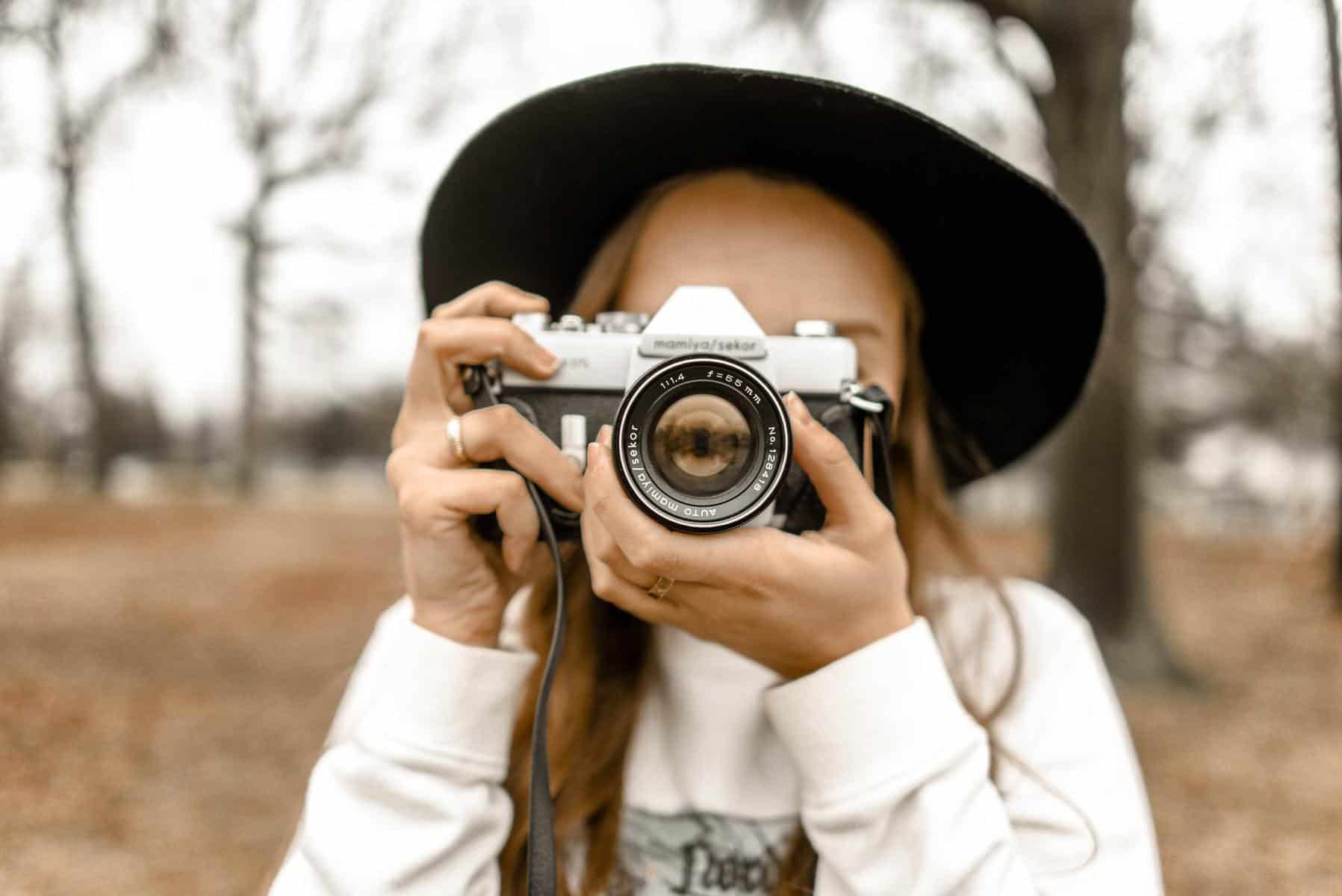
The most user-friendly film formats are the 35mm and 120, that actually stands for medium format film, not mm. Basically, it comes down to the actual size of the film. The 120 film is about four times that of the 35mm film. The 35mm rolls come in 24 or 36 exposure rolls, while the 120 produces only 10, 12, or 16 frames per roll.
The larger format is better for larger prints, because it features less finer details and apparent grain. A very simplistic explanation, but unless you’re planning to take a photography class which explains things into more detail, this breaks it down for you nicely.
Difference Between SLR and Rangefinder Cameras
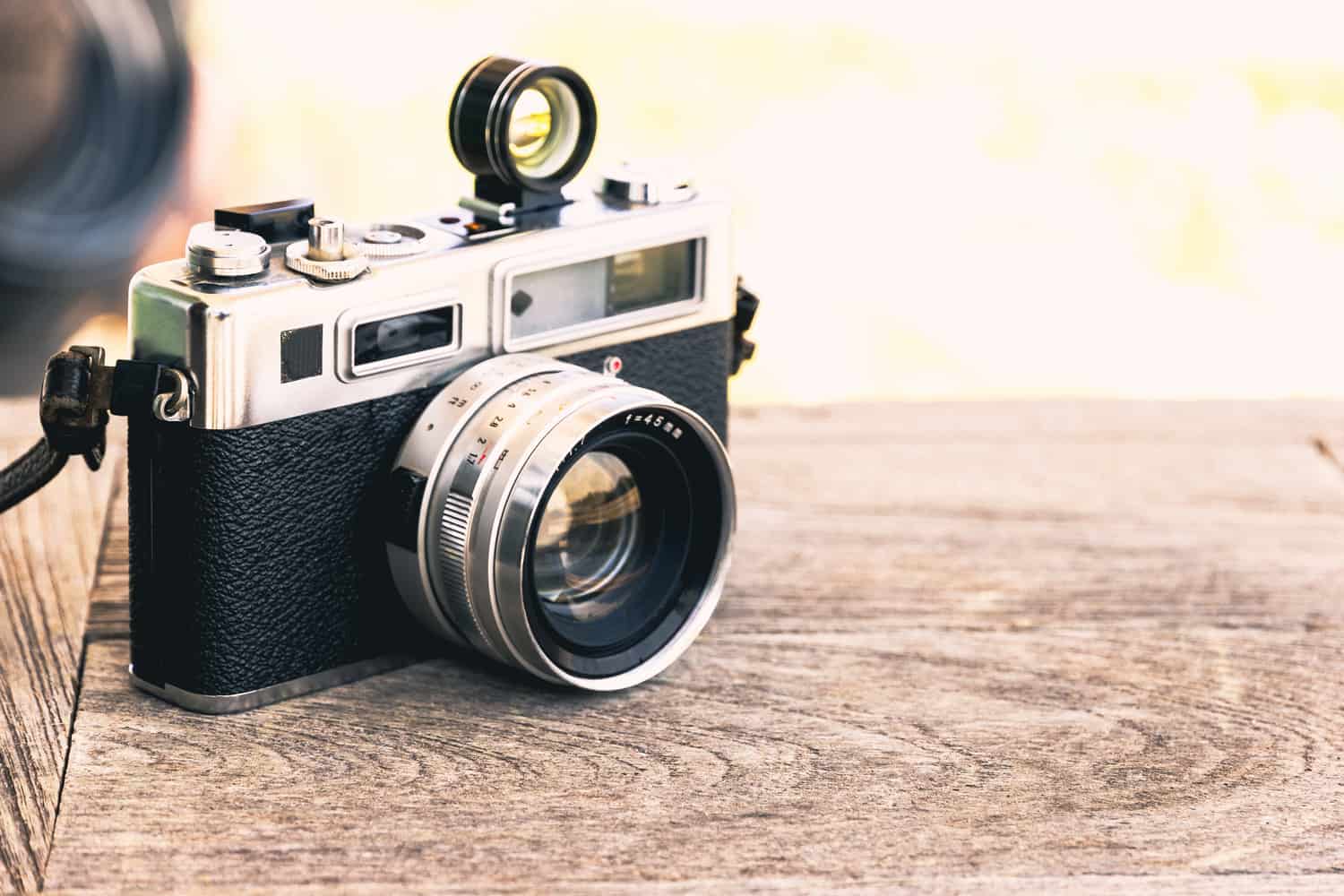
The most popular camera types are the SLR, which stands for Single-Lens Reflex, and the Rangefinder cameras. The SLR boasts an internal mirror that reflects what you’re seeing in the viewfinder, and it allows for more precise depth of field analysis and composition.
The Rangefinder doesn’t “look” through the lens, but through a series of mechanical lenses and mirrors. It doesn’t offer the same depth of field perception as the SLR does. The SLR cameras are great for landscape photography, while the rangefinders are the street photographers preferred tool.
There is another type of camera as well, the Twin-Lens Reflex, or TLR.
With this in mind, let’s take a closer look at the 20 best film cameras you can buy right now.
20. Canon EOS-3
Released in 1998, the EOS-3 from Canon is a 35mm SLR camera that is designed for the advanced amateur and professional photographer. Equipped with a sophisticated electronic 45-point autofocus system, the design incorporated some modern technology.
With a host of exposure modes, focus modes, and the ability to create custom functions, it is a truly remarkable waterproof camera. With capabilities to fire at 1/8000th of a second, it has a pretty fast shutter speed.
19. Nikon F6
One of the newest film cameras on the market, the F6 from Nikon was introduced in 2004. It can be described as a missing link between the new digital and the old school 35mm SLR cameras.
The users of digital cameras will already be familiar with some of its features, such as aperture-priority, shutter-priority, full program AE, manual modes, among many others. Depending on where you live, you might even get it new, although it’s been discontinued in most countries.
18. Nikonos V
This camera has a cult following that swear by its 35mm water friendly features. Bright and flashy, it does have a manually operated focus, which can be a challenge for the beginner photographer.
Equipped with auto exposure, and comes with interchangeable lenses which are all crisp and sharp. The TTl flash control works well when shooting underwater, and it can handle up to 50 meters of depth.
17. Mamiya RZ67
This Japanese model was introduced in 1982, and it works best for the expert or professional photographers. Using 120/220 medium format film and interchangeable lenses, this modular Mamiya camera is a bit on the heavy side.
Best to use it on a tripod because of its size, the camera produces beautiful 6 x 7 cm images. If you like variety when it comes to a wide range of lenses , digital backs, and film types, this camera is a good option.
16. Nikon F100
Considered one of the best advanced 35mm SLR cameras on the market, the F100 from Nikon was introduced in 1999. Geared to the intermediate photographers, it is not very easy to use out of the box.
It is a standard pro sports photographer’s best tool, and it captures action with amazing focus and crisp detail. You can choose from a variety of shooting modes, and it also comes with exposure and bracketing compensation.
15. Yashica Mat 124G
This is a TLR, or twin lens reflex camera that uses a unique double-lens design. Introduced in 1970, the Yashica 124 G uses a 120 medium format and a ground glass screen viewfinder. Adequate for the enthusiastic photographers, it boasts a 75mm f/3.5 lens.
The only thing that you might want to get used to is the reversed viewfinder image , but the combination of waist level viewing and square image makes it worthwhile.
14. Fuji GW690
A fixed lens type of camera that carries the 120/220 medium format film, the GW690 from Fuji was introduced in 1978. Although on the pricey side, it is relatively portable, and makes large 6×9 cm images.
With a direct vision viewfinder and a 90mm f/3.5 lens, the film is flexible, meaning that it shoots extra-wide images. You might get fewer exposures on a roll, but extra-large negatives and transparencies make up for it.
13. Nikon F5
The company’s last fully autofocus, professional bodied film SRL model, the F5 was introduced in 1996. It is a great camera that uses advanced features such as aperture and shutter priority modes and boasts great autofocus.
But you should master fully manual lenses before investing into this, as it is not really appropriate for beginners that are just learning the ropes. Built like a tank, it offers great durability, although it is a bit heavy on your hand.
12. Canon Canonet GIII QI17
One of the best selling rangefinder cameras to exist, it comes with a built-in light meter. Featuring a fixed f/1.7 40mm sharp lens, it has been compared to the Leicas throughout the years, but a much more affordable version.
A great everyday carry camera due to their lightweight, compact body that is built with all metal shells, it is sturdy. They make great street photography pictures.
11. Mamiya C330
In 1969, when this camera from Mamiya was introduced, it was a serious contender on the market. The pro-level twin-lens reflex TLR type camera uses 12 medium format film and interchangeable lenses.
The only drawback is its big and heavy size, otherwise a great camera for expert users. When compared to the following model, the Hasselblad 500, it is a much more affordable option that offers very similar features.
10. Hasselblad 500 C/M
Probably one of the oldest model cameras on this list, the 500 C/M from Swedish brand Hasselblad was introduced to the world in 1957. Boasting an ageless, classic design, the SLR camera carries a 120/220 medium format film and the Hasselblad bayonet lens.
The modular design has a utilitarian box-shape that looks trendy even decades later. It can fit a variety of different lenses, film backs, and viewfinder attachments.
9. Minolta X-700
If you’re looking for a manual focus camera, the X-700 from Minolta is probably as good as it gets. It makes a great shooting camera because it comes with the brightest viewfinders on the market.
Featuring both manual and automatic modes, it is a great option for novice and expert photographers alike. It does have a drawback though: you need to get the Minolta MC or MD mount lenses separately.
8. Olympus OM-1
The small size and weight of this model from Olympus makes this great camera even more desirable than it already is. Introduced in 1972, this SLR 35mm camera has an all-mechanical operation and features a large viewfinder.
The Olympus mount lens has interchangeable focusing screens and a bright optical viewfinder, despite its smaller size. The added aperture priority exposure modes make it a manual exposure camera that feels like a jewel in the photography world.
7. Pentax K1000
If you’re looking for a very easy to use, no nonsense manual SLR camera that is also fairly affordable, then this is your best bet. A favorite with students, this beginner camera will allow you to practice picture taking and transform it into an enjoyable hobby.
With a depth of view preview and self-timer, this fully manual camera uses 35mm film format, a Pentax K mount lens, and an Optical TTL viewfinder. Introduced in 1976, it has made a few revisions for the electronics and autofocus, but otherwise still a durable and simple option to consider.
6. Nikon FM2
This camera is geared towards the enthusiast and/or professional photographer that can get a lot of bang for their buck. It was introduced in 1982, and it has a stellar reputation for one of the longest life spans in a semi-pro camera.
This is also a SLR camera that carries 35mm film format, with a Nikon F mount lens and Optical TTL viewfinder. Not the cheapest of the bunch, it works without batteries, and its vertical metal shutter and its fully mechanical modes make this a solid choice.
5. Contax G2
One of the most popular rangefinder cameras of all time, the Contax G2 was released in 1996. It has exposure, auto film advance and rewind options, and is able to auto focus. Equipped with the razor sharp Zeiss lenses, they have a distinct look that rivals the Leica glass.
Designed to work seamlessly with a flash, it looks super cool when it is integrated. The bonus is its functionality, but you have to spend extra for their 28mm, 35mm, 45mm, and 90mm lenses.
4. Leica M-A
Master of minimalism, the M-A from Leica comes with no battery, no meter, and no screen. This rangefinder-type camera uses the 35 mm film format, the Leica M mount, and direct vision rangefinder viewfinder. Compact and durable, it boasts a sublime build and finish.
Although it might take a little getting used to, its focus is precise and fast, and it’s also one of the most expensive brands out there. But so worth the money, especially if you like to strip your film photography back to basics.
3. Hasselblad XPan
One of the only panoramic 35mm film cameras you will find, it is also the most expensive one on this list. Be prepared to spend some money for this baby that was released in 1998. Geared to the professional photographers, the Swedish brand created, in collaboration with Fuji, a work of art in itself.
But the pictures you produce thanks to this masterpiece are breathless. It not only produces the 24mm x 65mm panoramic photos, it can also make the conventional 35mm photos. A true investment that pays for itself.
2. Leica M6
If you want the creme de la creme in the photography world, Leica is the right brand for you. German photography experts are renowned for making expensive cameras that boast exquisite designs and exceptional built quality. The image quality is superb, as is its unique shooting experience. This particular model, the M6, is one of their most sought after cameras ever made.
Introduced in 1964, it is a rangefinder camera that carries 35mm film format. Not the most user-friendly, they reward you with amazing photographs once you learn to work with the manual modes and the direct vision viewfinder.
1. Canon AE-1
Introduced back in 1976, the Canon AE-1 is easily the most popular film camera ever made. That is probably because of its affordable price, sophistication, and automation that makes it super easy to use. It remained in production until 1984. This 25mm SLR camera comes with a Canon FD mount and an optical TTL viewfinder. Perfect for beginners, you can practice and learn this new hobby at your own pace.
The downfall is its plastic construction, but it can also be a plus, depending on how you look at it. While it needs a battery to power its electronically controlled focal plane shutter, it offers more consistency than the mechanically operated shutters.
Conclusion
This sums up our list for the 20 best film cameras you can buy right now. Wouldn’t it be fun to get back to those simpler times and appreciate the delayed gratification of waiting for your roll of film to develop? If you love photography as much as we do, having one of these vintage film cameras in your backpack is definitely a good idea.
Contents
- What’s the Difference Between 35mm and 120 Film?
- Difference Between SLR and Rangefinder Cameras
- 20. Canon EOS-3
- 19. Nikon F6
- 18. Nikonos V
- 17. Mamiya RZ67
- 16. Nikon F100
- 15. Yashica Mat 124G
- 14. Fuji GW690
- 13. Nikon F5
- 12. Canon Canonet GIII QI17
- 11. Mamiya C330
- 10. Hasselblad 500 C/M
- 9. Minolta X-700
- 8. Olympus OM-1
- 7. Pentax K1000
- 6. Nikon FM2
- 5. Contax G2
- 4. Leica M-A
- 3. Hasselblad XPan
- 2. Leica M6
- 1. Canon AE-1

